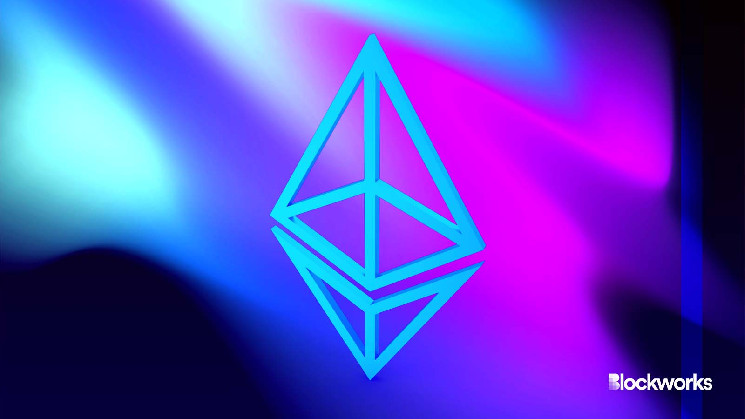Verifiable oracle protocol ORA is launching its on-chain AI oracle (OAO) on Ethereum mainnet.
Though the preliminary launch of OAO is on Ethereum, over the approaching weeks the oracle can even be dwell on Optimism, Base, Polygon and Manta.
Implementing machine studying (ML) or AI onto the blockchain provides machine studying computation entry to blockchain verifiability, validity, equity and transparency. Regardless of the advantages, there have been difficulties with bringing AI on-chain.
First, to allow decentralization, a number of nodes should run sophisticated machine-learning computations. Nevertheless, that is fairly pricey and time-consuming. Moreover, Ethereum’s computation atmosphere is particularly designed for EVM good contracts and isn’t essentially suitable with machine studying and AI-related computational variations.
Learn extra: What can blockchain do for AI? Not what you’ve heard.
ORA’s answer to this drawback is thru its OAOs, powered by optimistic machine studying (opML) on Ethereum. OpML can design any ML mannequin on-chain, although the caveat lies in weaker safety assumptions.
In response to ORA’s documentation, opML makes use of a “verification recreation” much like that utilized by optimistic rollup methods to allow a decentralized and verifiable consensus on the machine studying service.
As soon as a requester initiates an ML service process and the server finishes it, the outcomes are dedicated on-chain. A verifier should then validate the outcomes, comparable to what’s performed on an optimistic rollup. If the outcomes are inaccurate, a dispute recreation with the server will start, and the declare shall be despatched to an arbitration good contract for a decision.
Learn extra: Funding Wrap: Decentralized AI is all of the craze
Grok, a generative AI chatbot; Steady Diffusion, a deep studying text-to-image AI mannequin; and Llama2, Meta’s open supply giant language mannequin, are actually obtainable via ORA’s OAO.
Kartin Wong, the founding father of ORA, famous in a press launch reviewed by Blockworks that “solely opML can put Grok on-chain. That is ORA’s opML supremacy.”
One other sort of ML that has been experimented with on-chain is zero-knowledge ML (zkML). Any such know-how hopes to generate cryptographic proof for ML computations that may be succinct sufficient to be verified on-chain. Nevertheless, present computing energy can not virtually generate proofs effectively and affordably.
Wong claims that opposite to zkML, opML can effectively deliver Grok’s 314 billion parameter mannequin on-chain, lowering overhead prices by over 1,000,000x.






